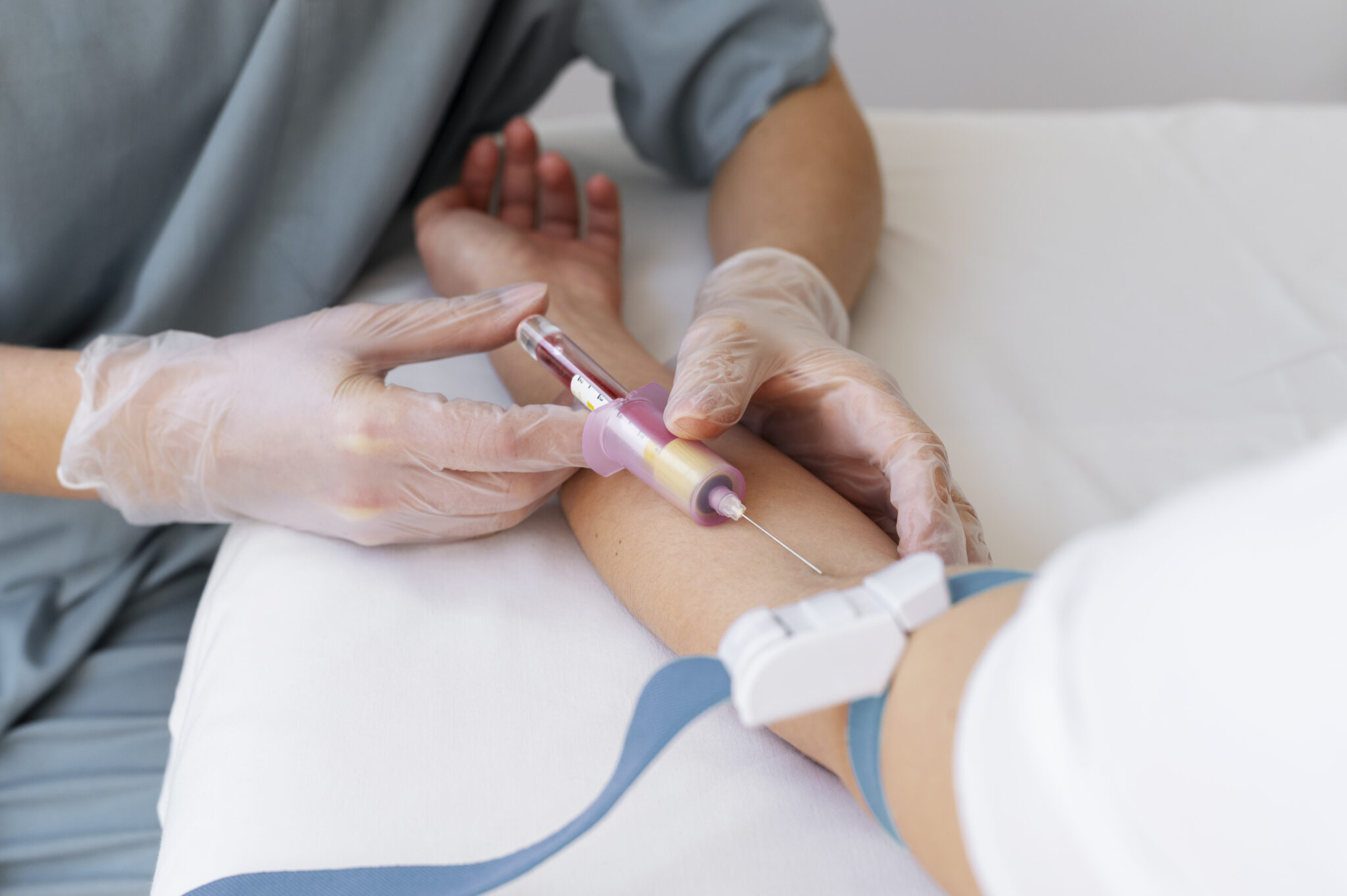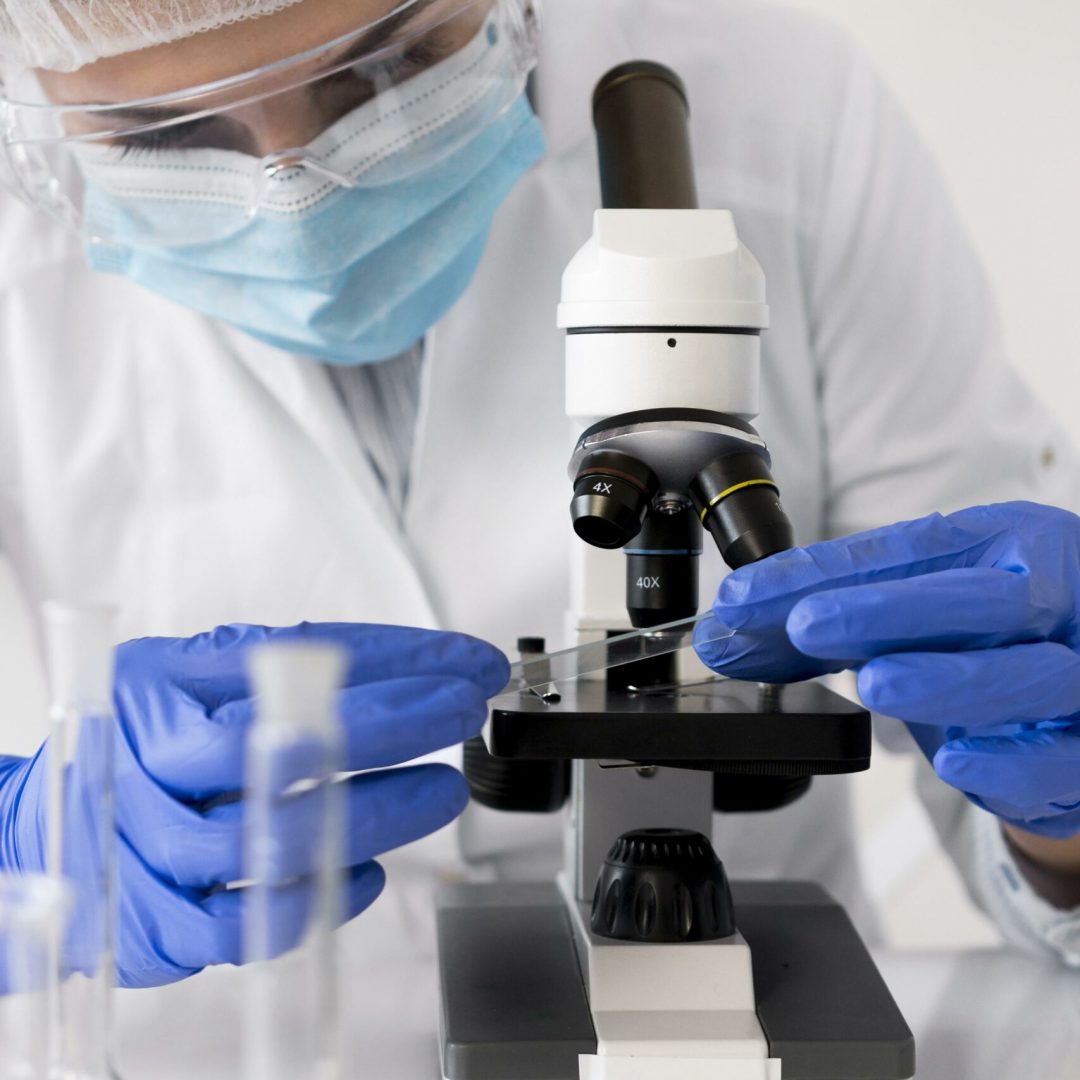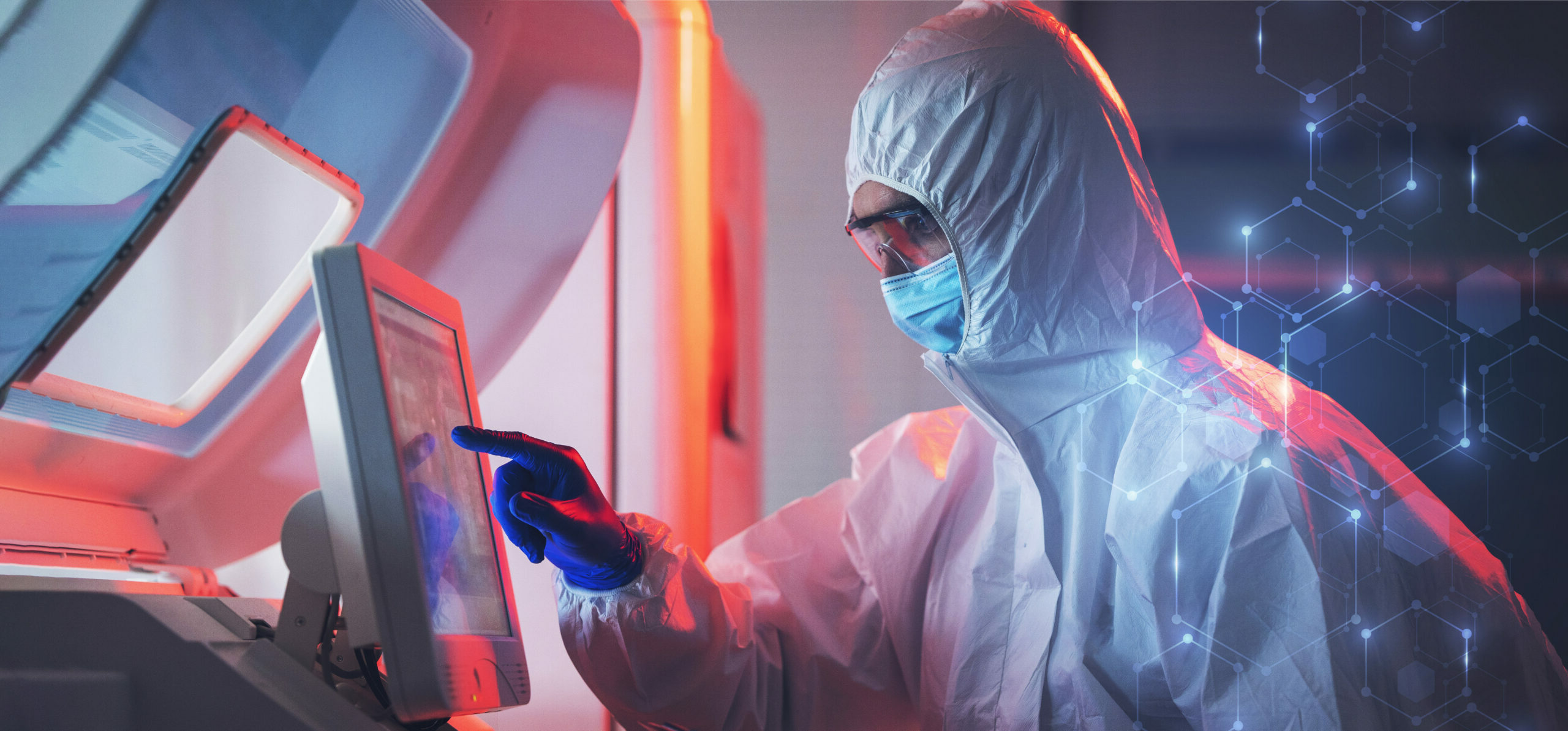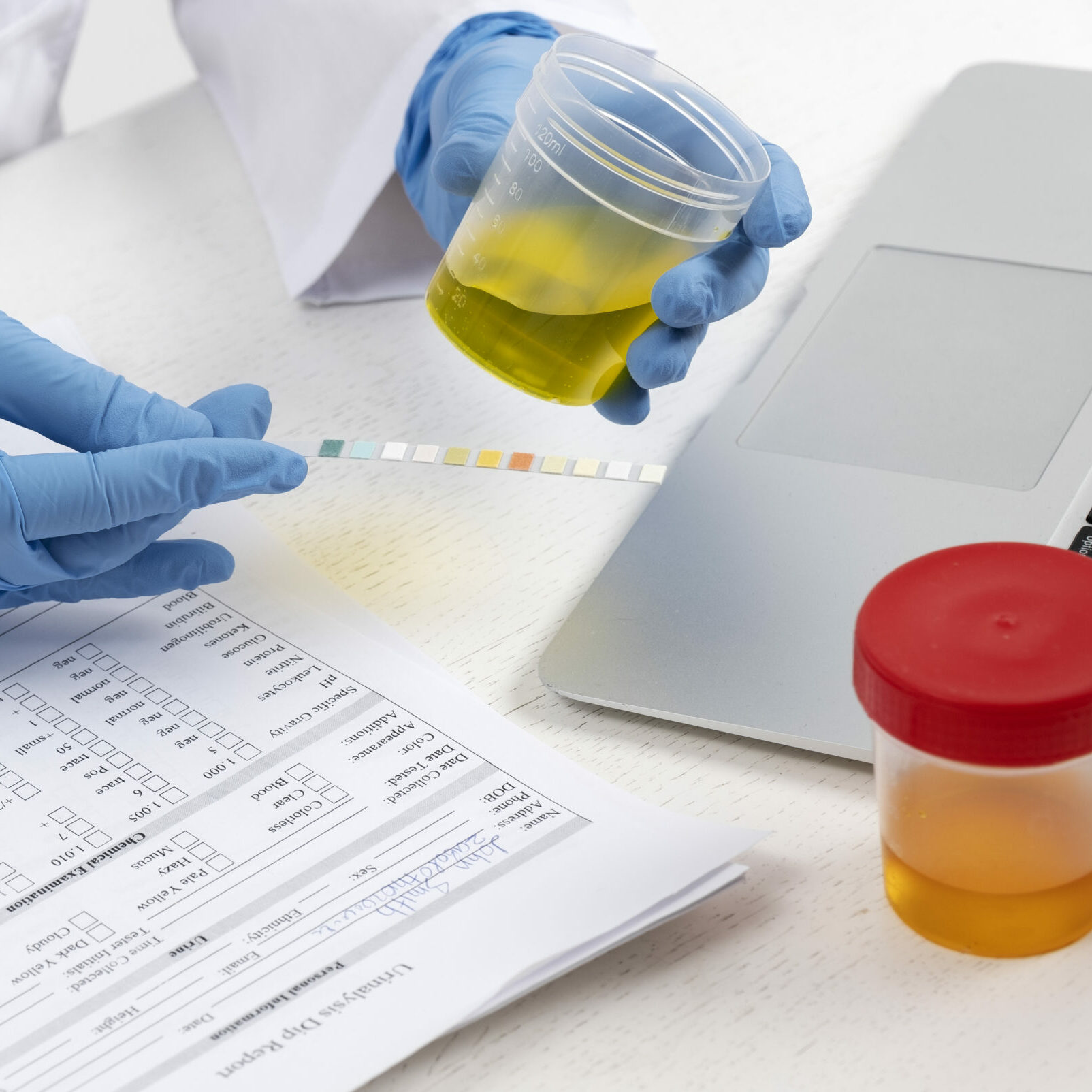Home / About Us



Discover Our Journey
Advanced Genomics was conceived as a private-owned endeavor, fueled by a group of forward-thinking investors. Anchored in Houston, our operations are spearheaded by Jeremy, who helms both operations and marketing, while Tyler is the jack of all remaining trades. Though we initially commenced with milecol labor and diagnostic testing, our ambition doesn’t end there. Our sights are set on expanding into genetics, providing a more in-depth insight into the human blueprint. Our journey, though smooth, was not devoid of challenges. Acquiring licensure was a tough nut to crack, but with hard work and a relentless pursuit of excellence, we triumphed.
vision & mission
Our aspirations are crystal clear; we want to pioneer the integration of genetics testing alongside our existing diagnostic services
We envision a future where we play a pivotal role in the health and wellness of individuals by providing them with deeper insights through genetics testing, enabling a comprehensive understanding of one’s health.
Our mission is succinct yet profound: "Leading Health and Wellness Through Precision Diagnostics." We are here to furnish both healthcare professionals and individuals with unparalleled medical testing services, aiding in informed health decisions.


Why Choose Us
Choosing Advanced Genomics is choosing a steadfast partner in navigating the health landscape.
Our state-of-the-art diagnostic technology is a harbinger of unparalleled accuracy, making us a reliable choice for individuals and healthcare providers seeking to make informed health decisions.
We understand the essence of time when it comes to health. Our commitment to delivering timely results ensures that effective treatment isn’t delayed, providing a cornerstone for better patient outcomes.
Frequently Asked Questions
Molecular Diagnostics is referred to as the detection of genomic variants, aiming to facilitate detection, diagnosis, sub classification, prognosis, and monitoring response to therapy.
Most important, by adopting molecular diagnostics, laboratories are having a greater impact on the treatment and care of patients. These advanced systems are helping physicians treat infectious diseases sooner and with more precision.
In medicine, a laboratory test that checks for certain genes, proteins, or other molecules in a sample of tissue, blood, or other body fluid. Molecular tests also check for certain changes in a gene or chromosome that may cause or affect the chance of developing a specific disease or disorder, such as cancer.
With regard to infectious disease, molecular diagnostics has major advantages over the sole use of serology. Molecular diagnostics is a more sensitive method allowing detection of lower amounts of infectious agents and therefore giving the ability to detect infections earlier than was previously possible.
Polymerase Chain Reaction, or PCR, is a technique to make many copies of a specific DNA region in vitro (in a test tube rather than an organism). … PCR has many research and practical applications. It is routinely used in DNA cloning, medical diagnostics, and forensic analysis of DNA.
The use of Polymerase Chain Reaction (PCR) in infectious disease diagnosis, has resulted in an ability to diagnose early and treat appropriately diseases due to fastidious pathogens, determine the antimicrobial susceptibility of slow growing organisms, and ascertain the quantum of infection.
Its principle is based on the use of DNA polymerase which is an in vitro replication of specific DNA sequences. This method can generate tens of billions of copies of a particular DNA fragment (the sequence of interest, DNA of interest, or target DNA) from a DNA extract (DNA template).
PCR is based on three simple steps required for any DNA synthesis reaction: (1) denaturation of the template into single strands; (2) annealing of primers to each original strand for new strand synthesis; and (3) extension of the new DNA strands from the primers.
Quantitative PCR (qPCR), also called real–time PCR or quantitative real–time PCR, is a PCR-based technique that couples amplification of a target DNA sequence with quantification of the concentration of that DNA species in the reaction.
The thermal cycler (also known as a thermocycler, PCR machine or DNA amplifier) is a laboratory apparatus most commonly used to amplify segments of DNA via the polymerase chain reaction (PCR). E.g CFX96 from biorad (www.biorad.com)
Thermocyclers, or thermal cyclers, are instruments used to amplify DNA and RNA samples by the polymerase chain reaction. The thermocycler raises and lowers the temperature of the samples in a holding block in discrete, pre-programmed steps, allowing for denaturation and reannealing of samples with various reagents.
PCR primers are short fragments of single stranded DNA (15-30 nucleotides in length) that are complementary to DNA sequences that flank the target region of interest. The purpose of PCR primers is to provide a “free” 3′-OH group to which the DNA polymerase can add dNTPs.
Most users of the polymerase chain reaction (PCR) would describe it as a fairly fast technique, taking about 45 min to an hour to complete 40 cycles, depending on the particular protocol and instrument used.
One advantage of Real–Time PCR over traditional PCR is that it is a closed-tube system requiring no post-PCR processing. Real–Time PCR has higher precision, increased sensitivity (down to one copy), increased dynamic range (greater than 8 logs), and high resolution (less than two-fold differences).
Traditional PCR has advanced from detection at the end-point of the reaction to detection while the reaction is occurring. Real–Time chemistries allow for the detection of PCR amplification during the early phases of the reaction.
Two primers are utilized, one for each of the complementary single strands of DNA released during denaturation. The forward primer attaches to the start codon of the template DNA (the anti-sense strand), while the reverse primer attaches to the stop codon of the complementary strand of DNA (the sense strand).
A For efficient endpoint PCR with fast and reliable results, here are five key steps to consider:
Quantitative Real-Time PCR Is Not More Sensitive than “Conventional” PCR. Molecular methods, essentially based upon PCR, have become an indispensable tool in the diagnosis of infectious diseases.
Open systems:
Open systems are automated systems that allow for the inclusion of hardware, software, and instrumentation from many vendors. One of the major advantages of an open system is that it offers more flexibility for instrumentation choices and allows a greater degree of accommodation for any changes that may be desired over time. It should be noted that initial implementation and planning may be more involved. This is because ALL components of the system from various vendors must be integrated with each other, as well as with the LIS and/or workflow management applications where compatibility issues may be an obstacle.
e.g Hamilton nimbus, tanbead, Hamilton starlet, Biorad CFX96
Closed system:
In contrast, closed systems exist as packages of pre-analytic automation, analytic phase instrumentation, and post-analytic systems from a single vendor. The accompanying hardware and software are designed specifically to integrate together with that vendor’s other instrumentation and applications. An appeal of the closed system is this “turnkey” benefit, since closed systems are “ready to go” and can often be up and running more quickly with less planning and implementation efforts by the laboratory. However, the trade off with closed systems is less long-term flexibility, since closed systems can often be more difficult or costly to modify after installation. If instrumentation changes are desired in the future, it may be challenging or impossible for any existing closed system components to be integrated with competing vendor’s hardware, software, or instrumentation.
The choice of either an open or closed system will depend on a particular laboratory’s needs. Great improvement in both process efficiency and specimen identification accuracy is frequently reflected when either an open or closed system is implemented effectively.
e.g. Roche, biomeriuex
We offer tailor made solutions that may include placement and leasing for select customers with a view to ramping up sales and technology uptake.
Contact us for further information.
Our aspirations are crystal clear; we want to pioneer the integration of genetics testing alongside our existing diagnostic services

© 2023 All rights reserved. Website designed and maintained by Building Brands Marketing. Privacy Policy | Terms & Conditions